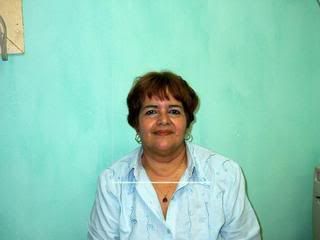Sunday, December 30, 2007
Cuba: Growth at Household Level
It cannot be said that hardships of daily life for Cubans have lessened, but living standards are each day farther away from the worst years of the so-called Specdial Period or critical years that began with the dissolution of the Soviet Union in 1991.
The 7.5 percent growth of the Gross Domestic Product achieved in 2007 fell short of a planned 10 percent and while food, housing and transportation continue being the main concerns for the average citizen, the country has recognized its shortcomings and is ready to do more to mend errors and deficiencies.
All this takes place in a world of financial turbulences, soaring oil and food prices and the ongoing US blockade on the island, lasting for almost half a century now.
A very important source of difficulties has been practically eradicated: power cuts were reduced by 87.5 percent compared to those in 2005, while 75 percent of low voltage zones have now normal levels of electricity.
Urban transportation had a modest increase of 10.1 percent in the capital and Minister of this branch Jorge Luis Sierra announced that over 800 buses will be added to the current fleet during 2008, also improving the situation in Santiago de Cuba and Camaguey, Isle of Youth and Holguin, formerly critical.
Housing construction closed the year with 51,790 new homes built and hundreds of thousands of repair actions, although it still falls short of demand.
Food quality is the main target now, as supplies mostly from urban agriculture patches and orchards and cooperative farms have met the basic needs, leaving extensive state agriculture behind all expectations.
Prices will also have to correspond to the average income of consumers, recognized First Vice President Raul Castro in his speech before the December 28 session of Parliament.
He reminded that the cost imposed by the US blockade summed up 499 million dollars, amount that otherwise the country would have spent in other necessary objectives.
The nutritional level of Cubans rose to 3,287 kilocalories and
The average salary rose to 408 pesos a month. Over 820 thousand workers received Cuban convertible currency as an incentive for their labor, for an equivalent of 118 million dollars.
Still, authorities and deputies recognized there is much more to be done in order to satisfy peoples´ needs and make the economy work efficiently to achieve proposed goals which, in a centrally planned economy, means that each citizen gives according to his capacity and in turn receives according to his or her work.
